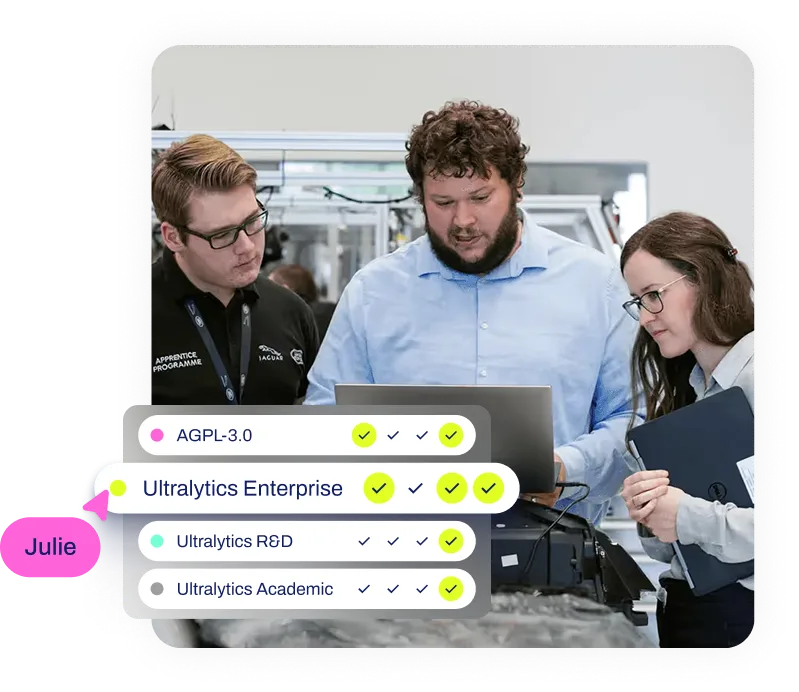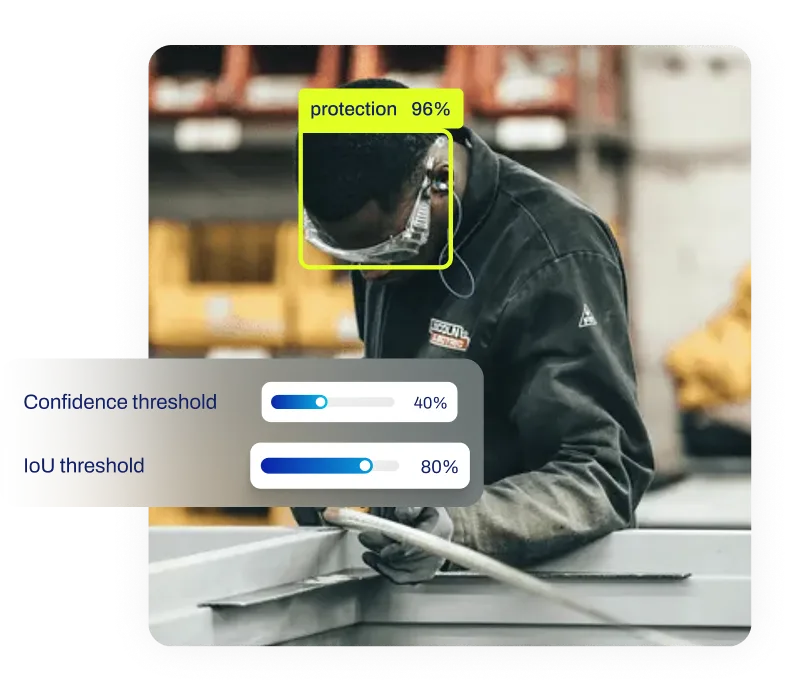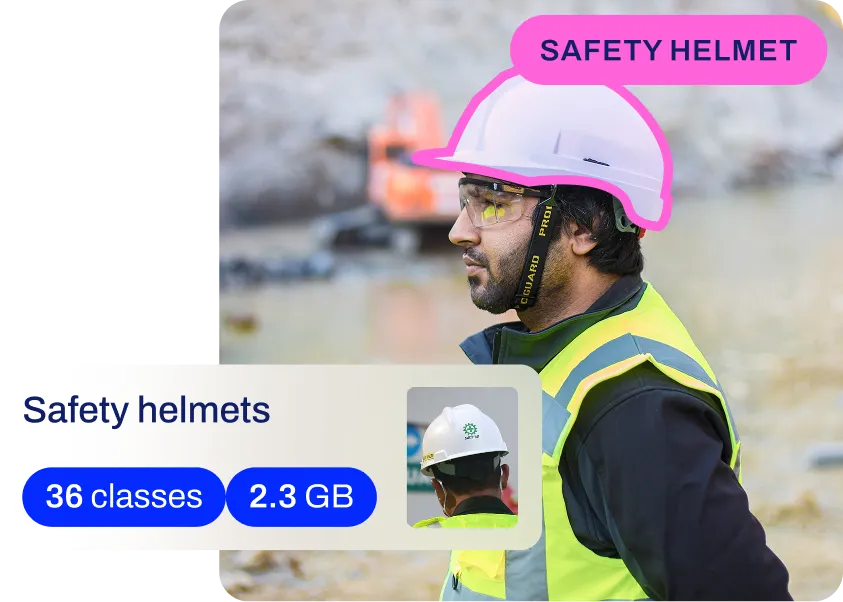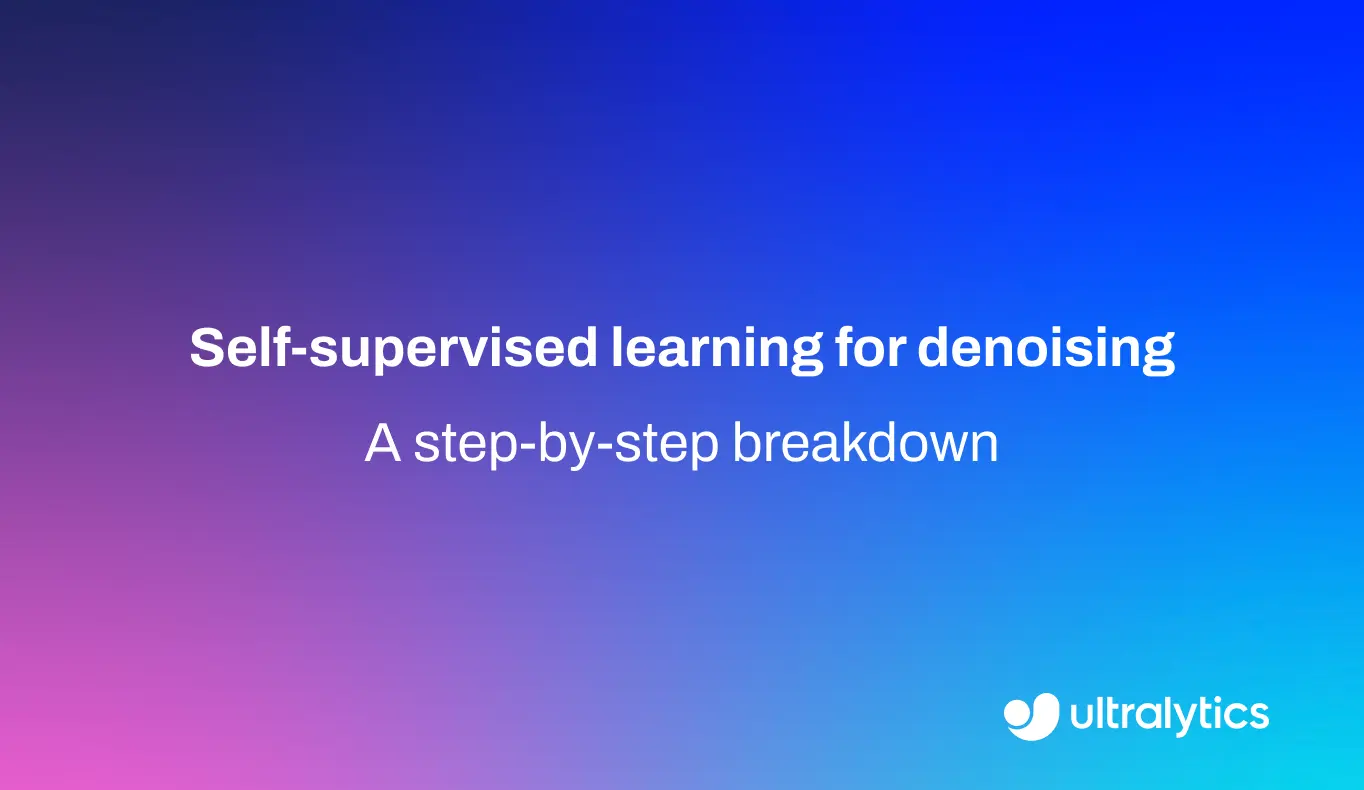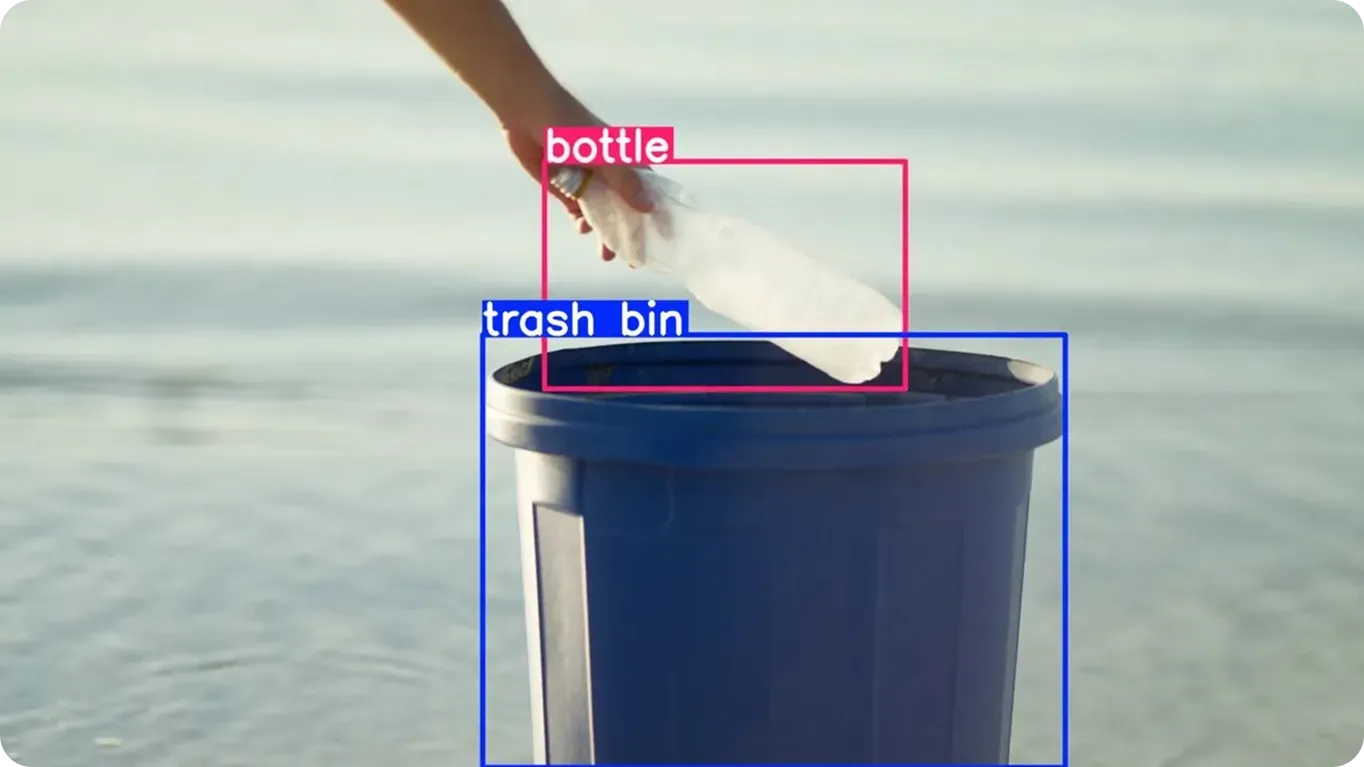Keypoints
Discover keypoints in computer vision: pose estimation with Ultralytics YOLO11 for fitness, gesture recognition, and fast, accurate tracking.
Keypoints are precise, informative spatial locations within an image that define distinct features of an object or
scene. In the field of computer vision, these
coordinates—typically represented as X and Y values—mark significant points of interest, such as the corners of a
building, the center of an eye, or the joints of a human body. Unlike processing every pixel in an image, focusing on
these sparse, semantically rich points allows
artificial intelligence (AI) models to
efficiently understand geometry, analyze shapes, and track movement with high precision. This concept is foundational
to advanced tasks requiring a structural understanding of the subject, rather than just its presence or location.
The Role of Keypoints in Vision AI
Keypoints serve as the fundamental building blocks for mapping the structure of dynamic objects. When multiple
keypoints are detected and connected, they form a skeletal graph or wireframe that represents the object's pose. This
is most commonly applied in pose estimation, where
algorithms predict the location of anatomical joints—shoulders, elbows, hips, and knees—to reconstruct human posture.
By leveraging deep learning architectures like
YOLO11, systems can regress these coordinates directly from input images. This process involves
complex feature extraction where the network learns to
identify local patterns invariant to lighting, rotation, and scale. The resulting data is lightweight and
computationally efficient, making it ideal for
real-time inference on edge devices.
Distinguishing Keypoints from Related Concepts
To understand the specific utility of keypoints, it is helpful to compare them with other primary computer vision
tasks:
-
Keypoints vs. Object Detection:
Standard detection identifies what and where an object is by enclosing it in a
bounding box. However, the box treats the object as
a rigid rectangle. Keypoints look inside the box to identify internal articulation and posture.
-
Keypoints vs.
Instance Segmentation:
Segmentation creates a pixel-perfect mask of the object's silhouette. While segmentation provides the ultimate
boundary detail, it is often computationally heavier. Keypoints provide a simplified structural summary, often
preferred when analyzing kinematics or movement dynamics.
-
Keypoints vs. Data Annotation:
Annotation is the human process of labeling data, whereas keypoint detection is the model's prediction. Creating a
dataset involves manually clicking specific points (e.g., "left wrist") to train the model.
Real-World Applications
The ability to track specific points on a subject opens the door to diverse applications across various industries:
-
Sports Analytics:
Coaches and athletes use keypoint detection to analyze biomechanics. By tracking the angles between joints during a
golf swing or a sprint, systems can provide automated feedback to optimize performance and prevent injury. This
often involves calculating
degrees of freedom to understand range of
motion.
-
AI in Robotics: Robots rely on
keypoints for object grasping and manipulation. Identifying specific grasp points on an object allows a robotic arm
to calculate
inverse kinematics and position
its end-effector correctly.
-
AI in Healthcare: Physical
therapy applications monitor patient exercises remotely. By tracking body landmarks, the system ensures exercises
are performed with the correct form, aiding in effective rehabilitation.
-
Augmented Reality (AR): In social
media filters and virtual try-on apps, keypoints on the face (facial landmarks) allow digital masks or glasses to
align perfectly with the user's movements.
Implementing Keypoint Detection
Modern libraries make it straightforward to implement keypoint detection using pre-trained models. The
ultralytics package provides instant access to
YOLO11 models trained on massive datasets like
COCO to identify human joints.
The following example demonstrates how to load a pose estimation model and visualize the detected keypoints:
from ultralytics import YOLO
# Load a pretrained YOLO11n-pose model
model = YOLO("yolo11n-pose.pt")
# Run inference on a local image or URL
results = model("https://docs.ultralytics.com/tasks/detect/")
# Visualize the results, showing the skeletal keypoints
results[0].show()
In this workflow, the model outputs a Keypoints object containing the coordinates and a
confidence score for each detected point. Developers can
extract these raw x, y values to build custom logic, such as counting repetitions in a gym application or
controlling a game character via
human-computer interaction.







